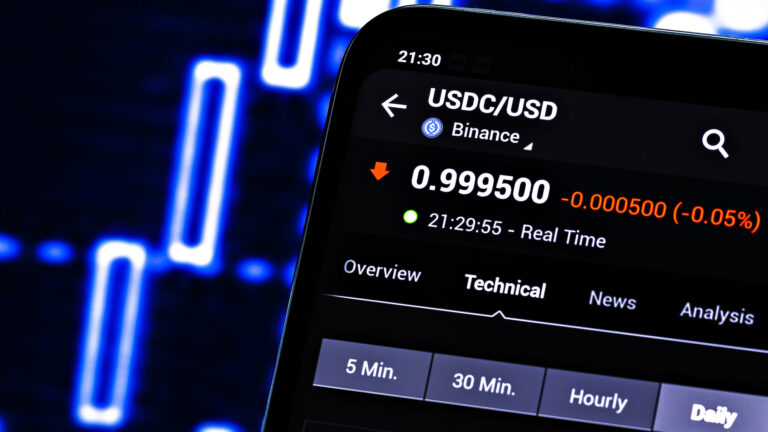A cryptocurrency that is backed by a collateral (collateral value) and is thus said to have less volatile characteristics than conventional cryptocurrencies is called a stablecoin.
Stablecoins represent a weighty component in the crypto ecosystem and are growing in popularity. With a market capitalization in the hundreds of billions and a daily trading volume of $60 billion, it is now impossible to imagine DeFi applications without them as part of the main trading pairs and essential tools.
Stablecoins: privately issued blockchain dollars
But with the ability to issue a blockchain-based fiat form of money, private companies have taken over a fundamental function that was previously the unrestricted preserve of central banks and their affiliated commercial banks. As a result, the new sector quickly came to the attention of international regulators and is one of the highest priorities for comprehensive regulation these days.
Many stablecoins are pegged 1:1 to specific fiat currencies, such as the U.S. dollar or the euro. They are tradable on crypto exchanges, often as a currency pair against the largest cryptocurrencies. Stablecoins can also be tied to other types of assets, such as precious metals or to other cryptocurrencies. There are also projects that use a basket of assets as a pricing basis. Facebook's Libra Coin is said to have these characteristics. Centralized stablecoins have low volatility, but also have additional counterparty risk compared to pure cryptocurrencies.









